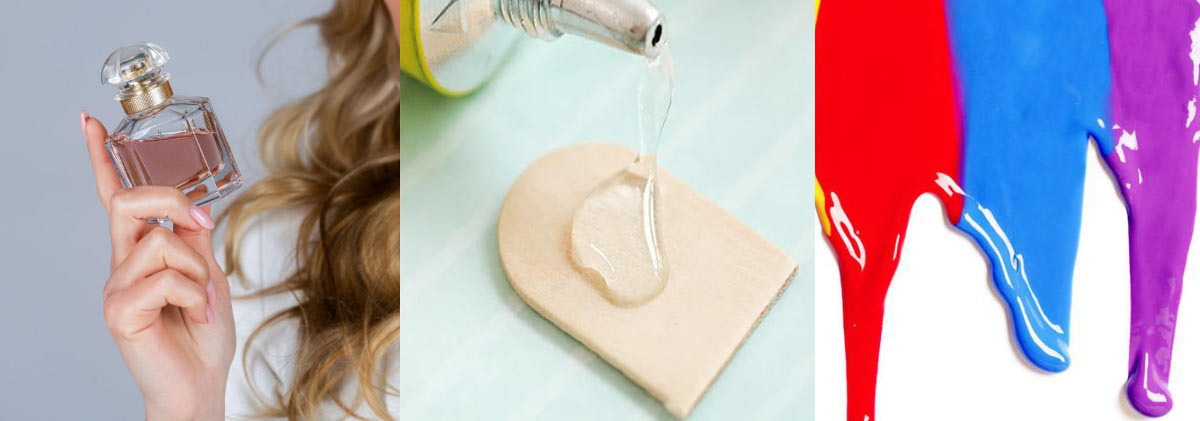CAS:115-27-5
MF:C9H2Cl6O3
EINECS:204-077-3
Purity:99%
Other Names:Chlorendic anhydride
Chlorendicanhydride CAS 115-27-5
-
What is of Chlorendicanhydride with CAS 115-27-5?
Chlorendic anhydride is used in the synthesis of polymers, used in production of fiberglass-reinforced resins for chemical industry equipment. It can be used to make alkyd resins for use in special inks and paints. It is used as a hardening agent in epoxy resins used in manufacture of printed circuit boards
Description
|
Name:
|
Chlorendic anhydride
|
|
CAS NO:
|
115-27-5
|
|
EINECS NO:
|
204-077-3
|
|
Molecular Formula:
|
C18H6Cl12O7
|
|
Molecular Weight:
|
759.672
|
Application
chlorendic anhydride are reactive flame retardant for unsaturated polyester, polyurethane and epoxy resins, are used as epoxy curing agents. The epoxy products resistance is good of the heat distortion temperature about 180 ℃.
Packing
25kgs/drum,9tons/20’container.25kgs/bag,20tons/20’container.






































